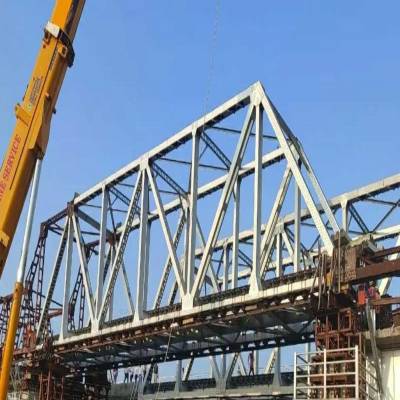

In an effort to facilitate the smooth construction of the Regional Rapid Transit System (RRTS) corridor, six steel plans have been proposed for crossing the Ghazipur Drain. This development promises to bring convenience and efficiency to the construction process.
The Ghazipur Drain has been a significant obstacle for the RRTS corridor project, which aims to provide high-speed connectivity between Delhi and Meerut. The RRTS corridor is expected to reduce travel time and enhance connectivity for millions of commuters.
To overcome this challenge, the construction authorities have decided to introduce prefabricated steel plans for the crossing. These plans will help expedite the construction process and minimize disruption in the area. The use of steel will ensure durability and strength, making it an ideal material for this crucial crossing.
The implementation of these steel plans will not only ensure a seamless construction process but also offer other benefits. One advantage is the reduced impact on the environment. The use of prefabricated steel plans requires lesser natural resources compared to traditional construction methods. This demonstrates a commitment to sustainable and eco-friendly practices.
Additionally, steel plans enable faster construction as they allow for simultaneous work at different locations. This not only saves time but also reduces the inconvenience caused to commuters during the construction phase. The implementation of such advanced techniques showcases the authorities' dedication to creating a modern and efficient transportation system.
Moreover, the introduction of steel plans for crossing the Ghazipur Drain ensures a robust and long-lasting structure. Steel is known for its strength and ability to withstand harsh environmental conditions. This makes it an ideal material for enduring the challenges posed by large drains and heavy usage by commuters.
The decision to utilize steel plans highlights the authorities' commitment to delivering a world-class RRTS corridor. By employing innovative construction techniques, they aim to ensure that the corridor is built with the highest standards of quality and efficiency. This will result in a safe and reliable transportation system that meets the needs of the growing population.
In conclusion, the introduction of six steel plans for crossing the Ghazipur Drain in the construction of the RRTS corridor is a significant development. It not only addresses the challenge posed by the drain but also provides numerous benefits such as reduced environmental impact, faster construction, and enhanced durability. Through the implementation of these steel plans, the authorities demonstrate their dedication to creating a modern, sustainable, and efficient transportation system for the future.